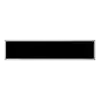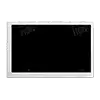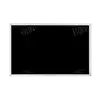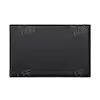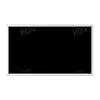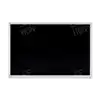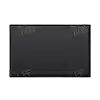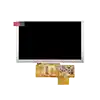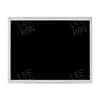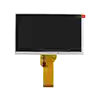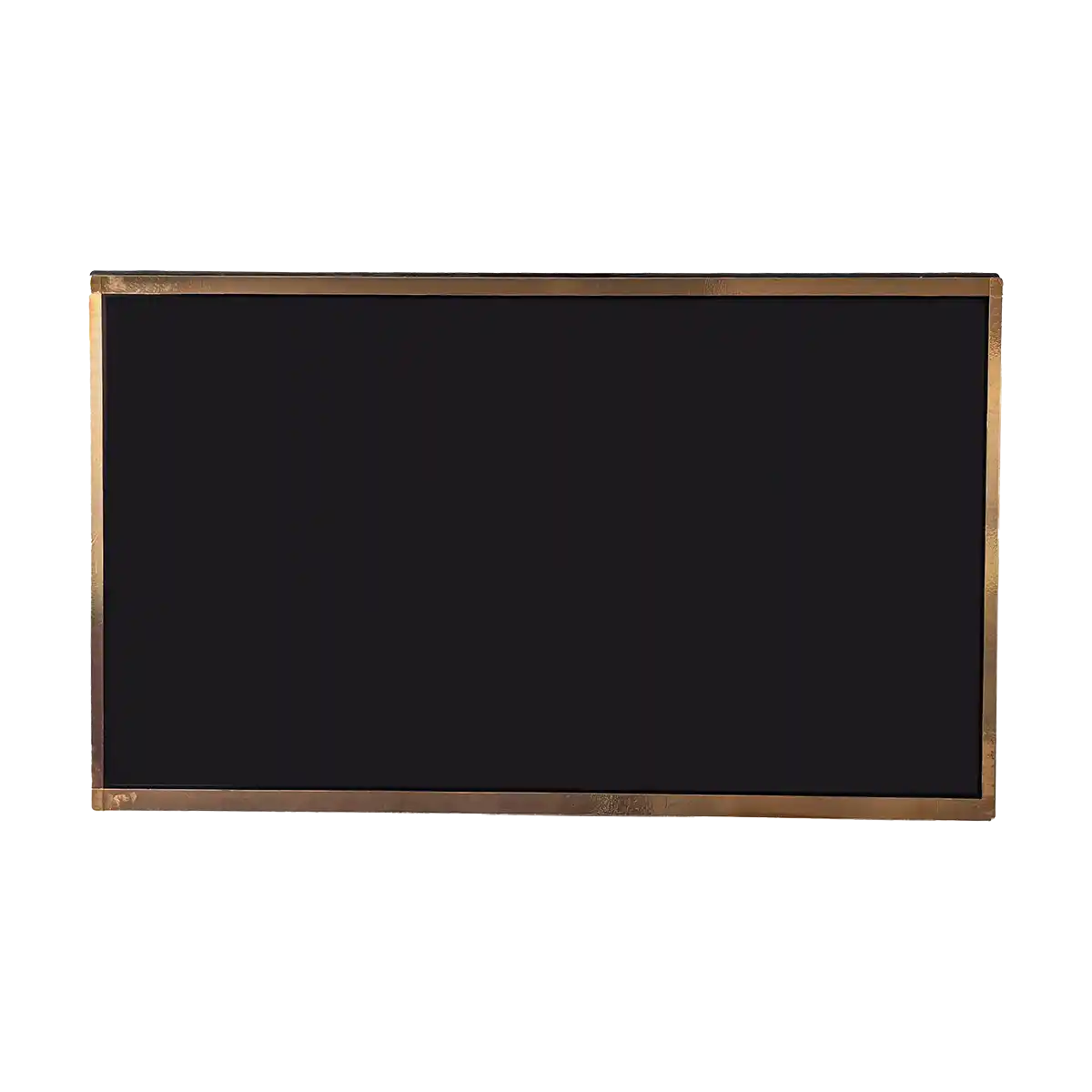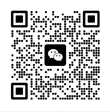The Role of Industrial LCDs in Extreme Temperature Applications
Introduction:
Industrial LCD screens, or Liquid Crystal Displays, are a critical component in various industries that require reliable display technology in harsh environments. These displays are designed to withstand extreme temperatures, from the frigid cold of Arctic conditions to the scorching heat of desert climates. The term "extreme temperature" refers to conditions that are beyond the typical operating range of standard electronic devices, often characterized by temperatures below -40°C (-40°F) or above 85°C (185°F). Industrial LCDs are engineered with specialized materials and technologies to ensure that they maintain their functionality and durability in such conditions. This article delves into the importance of these displays, the challenges they face, and the technological advancements that enable their performance in extreme environments.

Main Body:
Industrial LCDs are utilized in a wide array of applications, including automotive, aerospace, military, and manufacturing sectors, where they serve as the interface for control systems, data monitoring, and user interaction. The "LCD" in Industrial LCD screens stands for Liquid Crystal Display, a flat-panel display technology that uses liquid crystals to modulate light passing through them. These crystals are sandwiched between two layers of glass, with electrodes applied to these layers to control the orientation of the crystals and, consequently, the light transmission.
The primary challenge faced by Industrial LCDs in extreme temperature applications is the preservation of their physical and chemical properties. At very low temperatures, materials can become brittle, leading to mechanical failure. Conversely, at high temperatures, materials can degrade or undergo chemical reactions that alter their properties. To combat these issues, industrial LCDs are constructed with temperature-resistant materials such as:
1. Polymer-based substrates**: These are used instead of traditional glass to prevent shattering in cold conditions.
2. Thermally conductive adhesives**: These help in dissipating heat, ensuring the device does not overheat.
3. Optical bonding**: This process involves filling the space between the glass and the LCD with a transparent adhesive, which not only protects the display from external elements but also reduces reflections and enhances contrast.
Additionally, the LCDs incorporate advanced temperature compensation techniques to maintain color accuracy and brightness. **Temperature compensation** involves adjusting the electrical characteristics of the display to counteract the effects of temperature on the liquid crystals. This is crucial for maintaining readability and accuracy in data presentation.
Another critical aspect of Industrial LCDs is their ability to operate with **wide viewing angles**. This feature is essential in environments where the display may be viewed from various angles, such as in control rooms or outdoor installations. The viewing angle is the maximum angle at which a display can be viewed with acceptable visual performance, and it is typically measured in degrees.
Conclusion:
In conclusion, Industrial LCD screens play a pivotal role in extreme temperature applications by providing reliable, durable, and high-performance displays. Their design incorporates advanced materials and technologies that ensure operational integrity across a broad temperature range. The ability of these displays to maintain color accuracy, brightness, and viewing angles under such conditions is a testament to the ongoing advancements in display technology. As industries continue to push the boundaries of where and how technology is used, the development of even more robust Industrial LCDs will be essential.
Expansion:
For those interested in further exploration, the future of Industrial LCDs in extreme temperature applications looks promising with the advent of new technologies such as:
1. Flexible LCDs: These displays can be bent or curved, offering new design possibilities and increased durability against physical stress.
2. OLED technology: Organic Light Emitting Diodes (OLEDs) are poised to offer even greater energy efficiency and faster response times, which could be beneficial in extreme environments.
3. Smart temperature sensors: Integration of sensors that can dynamically adjust the display's performance based on real-time temperature readings could further enhance reliability.
As research and development in display technology continue, the role of Industrial LCDs in extreme temperature applications is likely to expand, offering even greater resilience and functionality in the most challenging conditions.
Recommended Articles
-
The 'Threshold' of Industrial Displays: Why AUO G101SAN01.2 Emerges as the Preferred Choice for the Majority of Clients
2025-02-26 -
BOE EV101WXM-N80 10.1-inch LCD Module Review
2025-02-18 -
What is the difference between quantum chips and quantum dot technology?
2024-12-11 -
Are the displays in Tesla's Cybertruck and Robovan the same as you imagined?
2024-12-10 -
Interpretation Report on AUO's New Generation Smart Cockpit
2024-12-05 -
ADS Pro: The Future of Display Technology
2024-12-04 -
The Trajectory of South Korea's LCD Industry Amidst Political Fluctuations and Technological Transition: Challenges and Opportunities Coexist
2024-12-04 -
Practical Applications of Industrial LCD Screens: The Perfect Blend of Professionalism and Customization
2024-09-26 -
Hangzhou LEEHON Technology supplies BOE GT080X0M-N12: High quality 7-inch TFT-LCD module solution
2024-09-14 -
How to Check for Issues in Industrial LCD Panels
2024-09-11 -
How does an LCD screen find individual pixels?
2024-09-11 -
What is the difference between eDP and LVDS?
2024-09-11 -
In-depth analysis of the development of automotive display technology
2024-09-10








